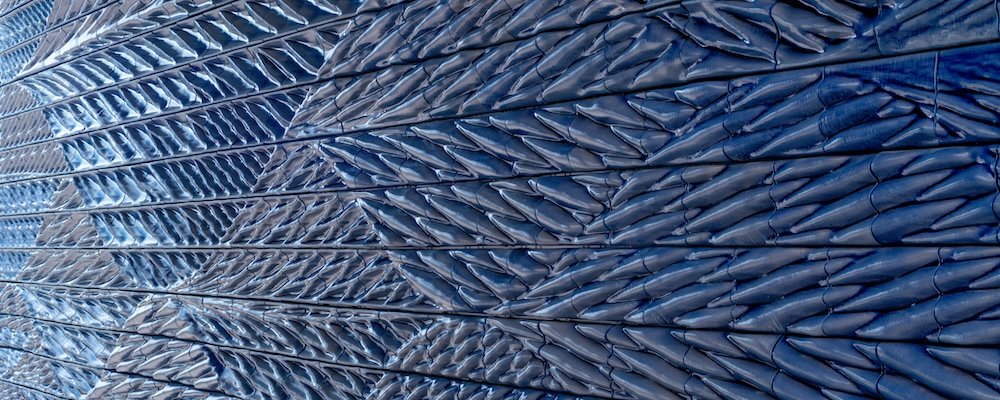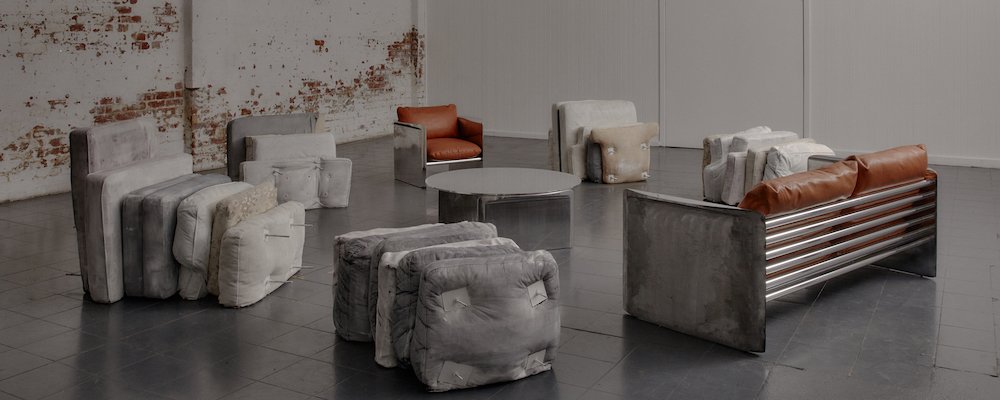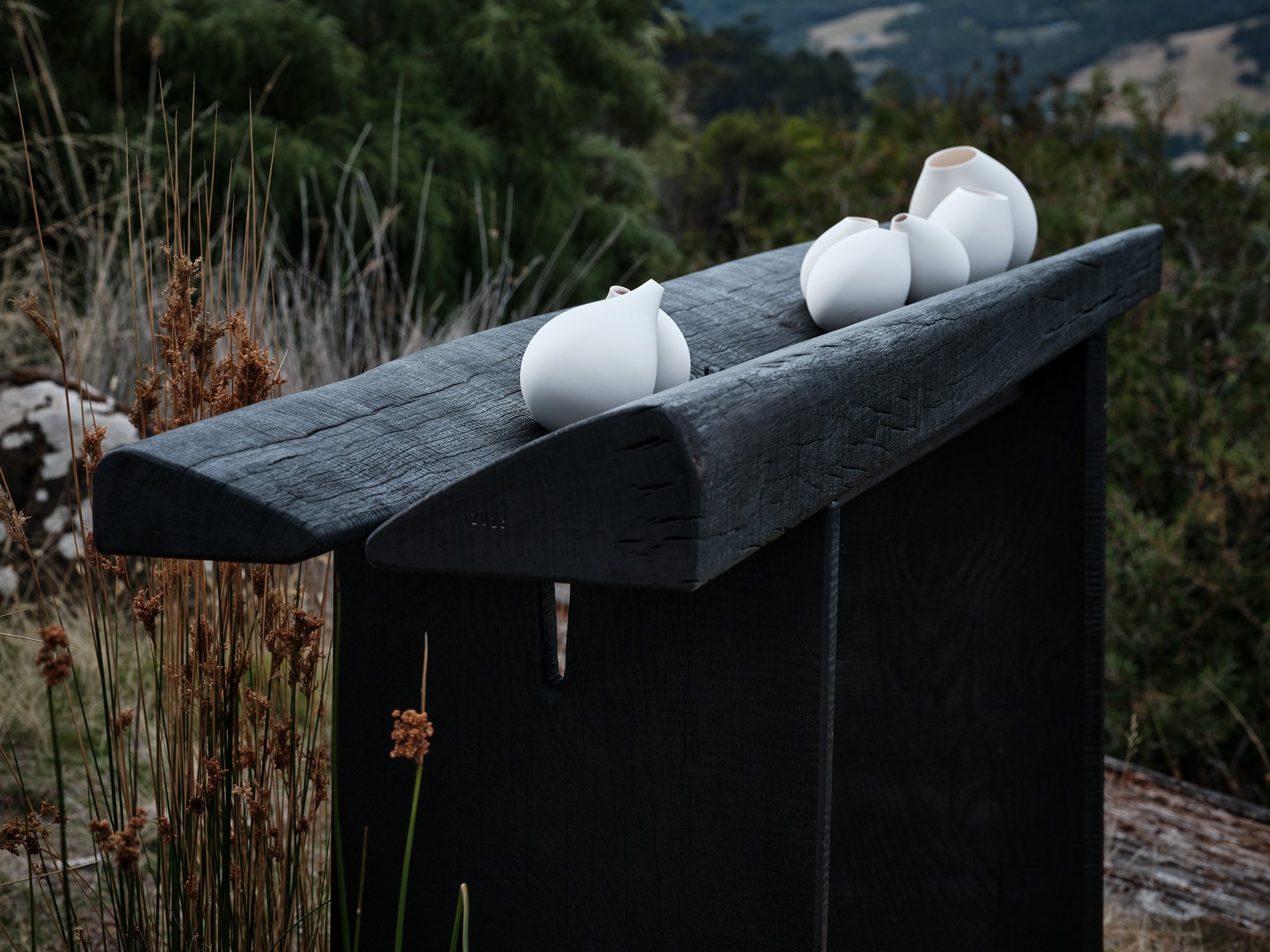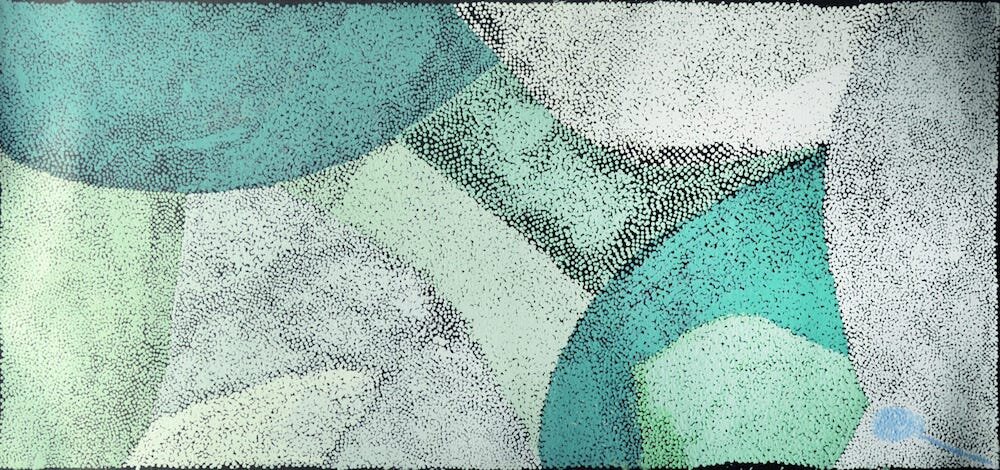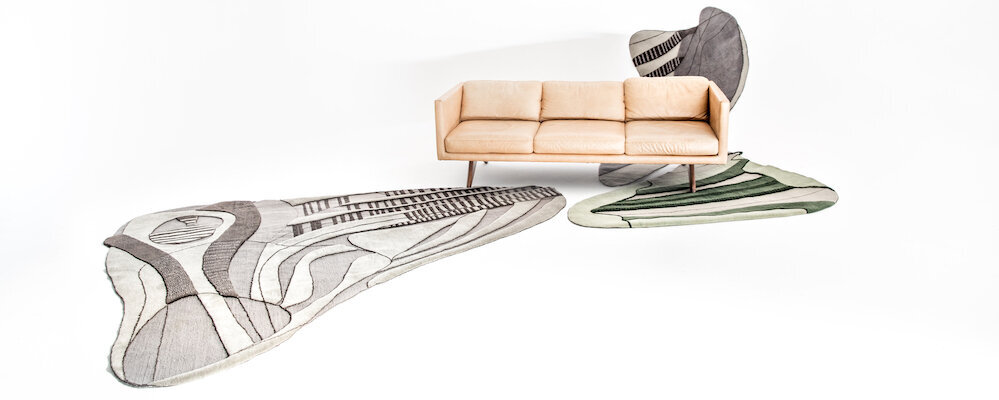DIN by Konstantin Grcic for Mutina
Rational yet personal, the new DIN collection by Konstantin Grcic for Mutina reveals a rather simple mathematical pattern applying that modularity creates flexibility.
In German, DIN is the acronym for Deutsches Institut für Normierung – the German Institute for Standardisation –, as well as constituting the name of a sheet of paper in A4 format.
Konstantin Grcic drew inspiration from this concept and conceived the entire collection for Mutina, in an extremely rational, almost mathematical way, by implementing a specific modular logic that consists of a contemporary interpretation of the traditional mosaic. The range of elements offers a wide scope of possible applications, from simple concepts to the most complex ones, demonstrating an almost unlimited flexibility.
The collection presents 4 elements, two square and two rectangular, in the sizes 15x15 cm, 7.4x15 cm, 7.4x7.4 cm and 3.6x7.4 cm, declined in a range of 8 colours and 2 finishes, matt and glossy, for a total of 64 ceramic tiles. The four sizes are modular, with a joint of 2 mm. The possibility to combine several formats, textures and colours guarantees not only a great creative potential, but also that the tile pattern can be adapted to the dimension of a specific wall or floor.
DIN also develops into the third dimension, offering a range of 6 special pieces for angles and profiles, that allow creating innovative architectural solutions and furnishing.
Mutina pushed the industrial production towards an almost artisanal finish, to enhance the emotional aspect of ceramics. The elements are realised with the help of a particular support that allows to use prime-quality glazes to obtain optimal colour effects, and guarantees the stability of the sizes, which is essential in this project based on modular characteristics.
To obtain the range of 8 colours with a matt finish and 8 with a glossy finish, it was necessary to work on 16 different formulas. Each glaze is applied evenly on the surface, using the traditional bell technique. Each element has great depth and warmth, in contrast with the rational idea of DIN’s modular logic.
As all Mutina collections, DIN is created with full respect for the environment: the base tile body is free from V.O.C. (Volatile Organic Compounds) and substances on the Substances of Very High Concern (SVHC) list and Restricted Substances Declaration, and the packaging is fully recyclable. Furthermore, the elements are extremely hygienic, durable, resistant and recyclable.
“A tile is something totally elementary. What is so fascinating is that this little piece of ceramic, when multiplied, becomes a wall or a floor. It turns into architecture. Modularity creates flexibility. There are a lot of different ways to use DIN... from very basic to highly sophisticated. You can pick just one tile size in one finish... or you start combining different sizes in different colours and even vary between matte and glossy finishes. Tiles are not just a material to build space – tiles give space an identity and atmosphere”
































